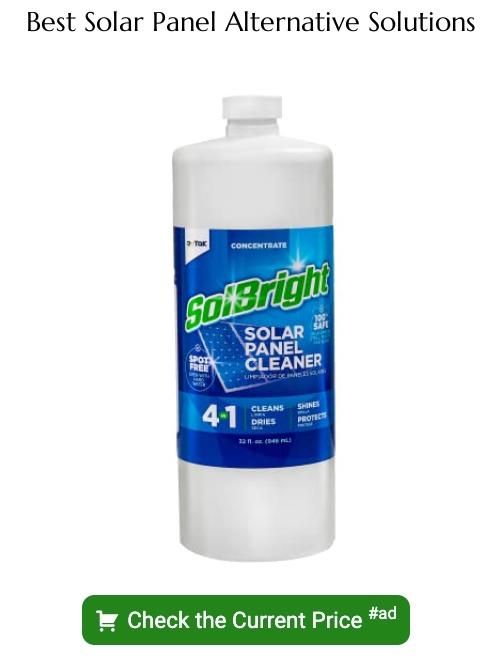Last updated on
Discover creative solar panel alternatives that can help you save money and reduce your carbon footprint.
One of the biggest challenges homeowners face is finding ways to save money while still achieving their desired look. And when it comes to energy consumption, we all know that electricity bills can quickly add up.
That’s why I’m excited to share with you some alternative options to traditional solar panels. In this article, you’ll discover 15 ideas that can help you reduce energy costs and even make your home more eco-friendly.
From wind turbines to hydroelectric generators and everything in between, each option has its own set of advantages and disadvantages. So let’s dive in and explore the world of solar panel alternatives!
Wind Turbines
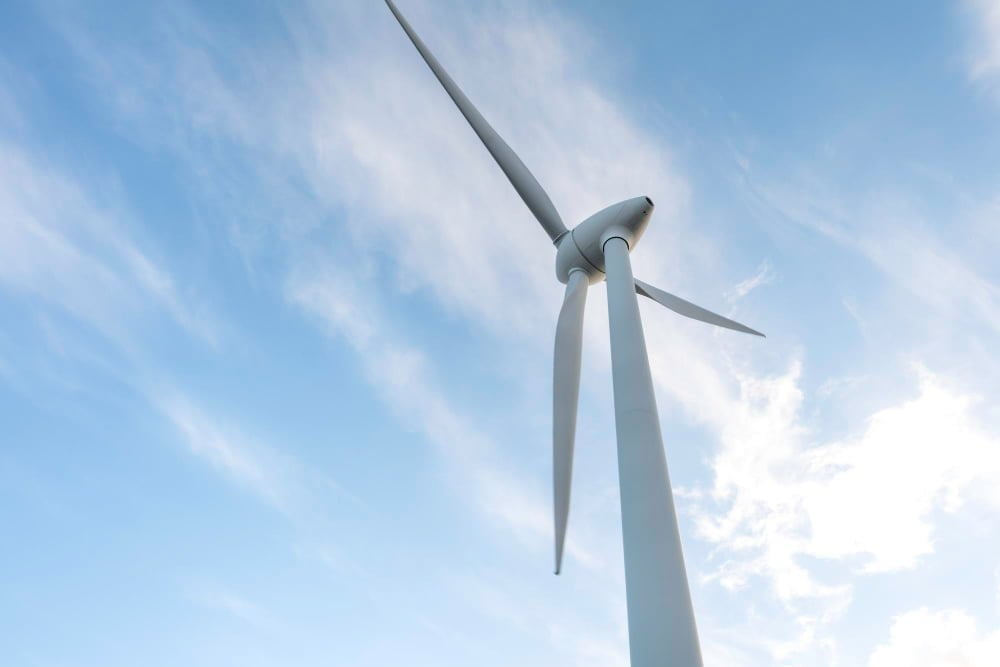
Wind turbines are another alternative to solar panels for generating renewable energy. They work by harnessing the power of wind and converting it into electricity.
One advantage of wind turbines is that they can generate more electricity than solar panels, especially in areas with consistent winds. However, they require a significant amount of space and may not be suitable for residential areas due to noise pollution concerns.
Installation costs can be high and maintenance may also be required regularly to ensure optimal performance. Despite these drawbacks, wind turbines remain viable for those looking to reduce their carbon footprint while generating clean energy at home or on their property.
Hydroelectric Power
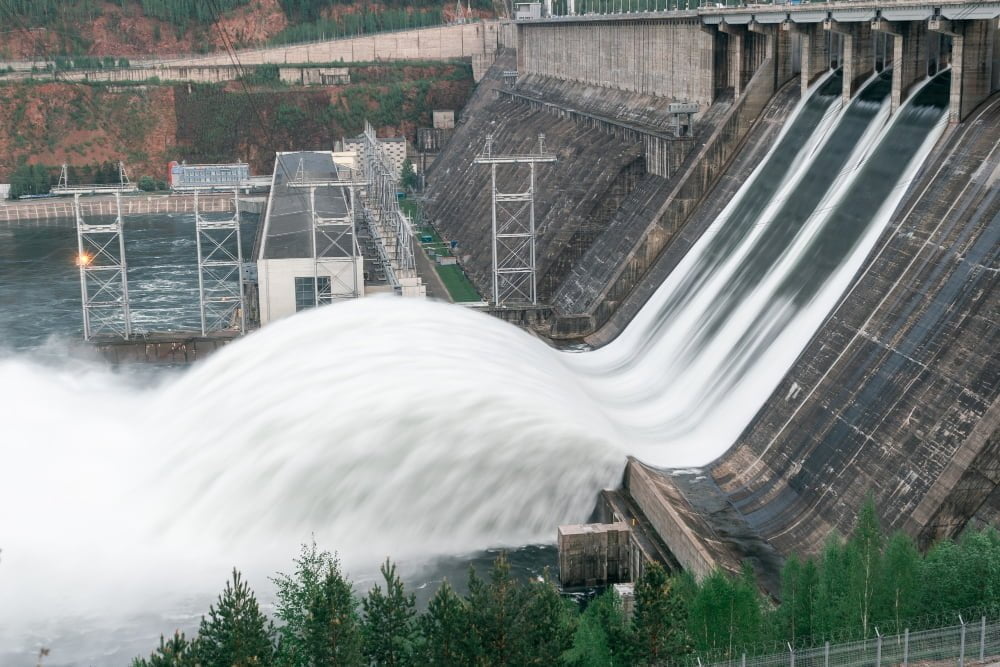
Hydroelectric power is another alternative to solar panels that can provide renewable energy. This method harnesses the power of moving water to generate electricity.
Hydroelectricity has been used for over a century and is currently one of the largest sources of renewable energy in the world.
One advantage of hydroelectric power is that it produces clean, reliable, and consistent energy without emitting harmful pollutants into the environment. Hydro plants have long lifespans and require minimal maintenance once they are built.
However, there are also some disadvantages associated with this method. Building a dam or other infrastructure required for hydroelectricity can be expensive and disruptive to local ecosystems.
It may also displace people living near rivers or lakes where dams need to be constructed.
While hydroelectric power may not be suitable for every location due to its specific requirements such as access to flowing water bodies; it remains an effective way of generating clean electricity on a large scale if implemented correctly with proper consideration given towards environmental impact assessments before construction begins on any new projects involving hydropower generation facilities around our planet today!
Tidal Energy Systems
Tidal energy systems are a unique alternative to solar panels that harness the power of ocean tides. These systems work by using turbines to capture the kinetic energy of moving water and convert it into electricity.
One advantage of tidal energy is its predictability, as tides are highly consistent and can be accurately forecasted years in advance. Tidal energy has a high potential for generating large amounts of electricity due to the immense power contained within ocean currents.
However, there are also some disadvantages associated with tidal energy systems. For one, they require specific geographic locations with strong tide movements in order to function effectively.
This limits their applicability compared to other renewable sources like wind or solar which can be installed almost anywhere on earth’s surface.
Another disadvantage is that these systems may have negative impacts on marine life such as fish populations or sea mammals if not designed properly or placed strategically enough away from sensitive habitats.
Geothermal Energy Plants
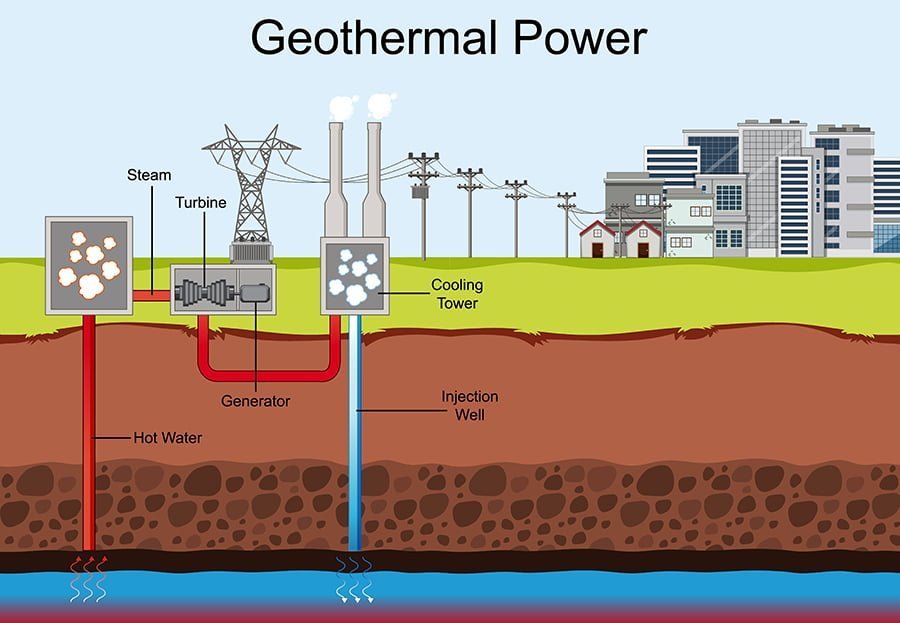
Geothermal energy plants are another alternative to solar panels that can provide renewable energy. These plants use the natural heat from the earth’s core to generate electricity.
The advantage of geothermal energy is that it is a constant source of power, unlike solar or wind which rely on weather conditions. Geothermal power plants have a small footprint and emit very little greenhouse gases.
However, there are also some disadvantages to consider when it comes to geothermal energy. One major drawback is that these types of power plants require specific geological conditions in order for them to be effective and efficient.
This means they may not be feasible in all locations.
Another potential issue with geothermal power is the risk of earthquakes or other seismic activity caused by drilling into the earth’s crust for access to hot water reservoirs below ground level.
While there are advantages and disadvantages associated with using geothermal energy as an alternative source of renewable electricity generation compared with solar panels; this technology has great potential if implemented correctly in suitable areas around our planet!
Biomass Energy Production
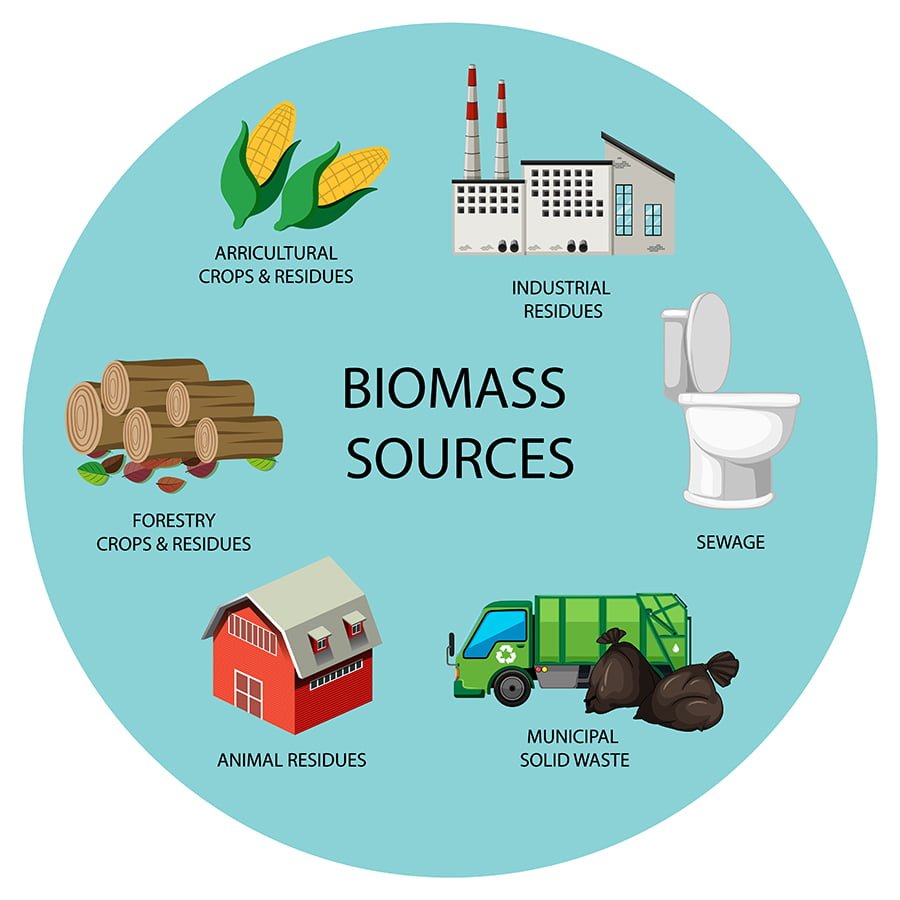
Biomass energy production is a renewable energy source that involves using organic materials such as wood, crops, and waste to generate electricity. This alternative to solar panels has several advantages including being readily available and cost-effective.
Biomass can be sourced locally which reduces transportation costs and supports local economies.
However, there are also some disadvantages associated with biomass energy production. One of the main concerns is the potential for deforestation if large amounts of wood are used for fuel.
Burning biomass releases carbon dioxide into the atmosphere which contributes to climate change.
Despite these drawbacks, many homeowners have found success in incorporating small-scale biomass systems into their homes such as pellet stoves or boilers that use compressed sawdust or other plant-based materials as fuel sources.
Nuclear Power Plants
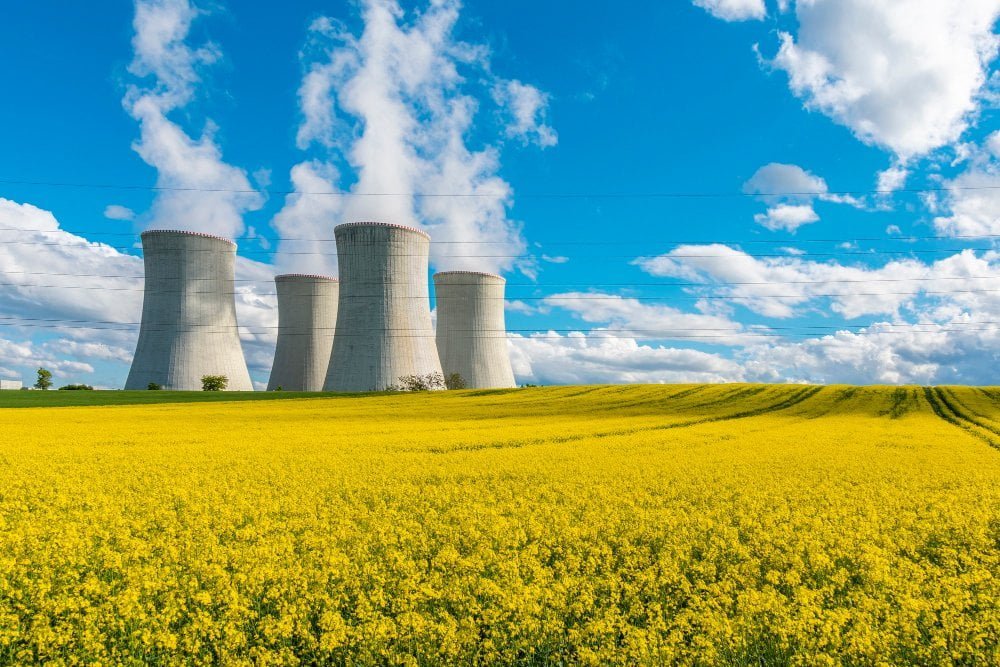
While not a direct alternative to solar panels, nuclear power plants are often considered as an option for generating electricity. Nuclear power plants use the energy from splitting atoms to create heat, which then generates steam that powers turbines and produces electricity.
One advantage of nuclear power is that it can generate large amounts of energy with relatively small amounts of fuel compared to other sources like coal or natural gas. Unlike solar panels which rely on sunlight availability and weather conditions, nuclear reactors can operate continuously regardless of external factors.
However, there are also significant disadvantages associated with nuclear power plants such as the potential for accidents or meltdowns resulting in environmentally and socially catastrophic consequences. The disposal process for radioactive waste generated by these facilities is also a major concern due to its long-term effects on human health and the environment.
Piezoelectric Generators
Piezoelectric generators are a unique alternative to solar panels that can generate electricity from mechanical pressure. These generators work by converting the kinetic energy produced by movement or vibration into electrical energy.
One of the advantages of piezoelectric generators is their ability to produce power in areas where sunlight may not be readily available, such as indoors or underground.
However, one disadvantage of piezoelectric generators is their limited output capacity compared to traditional solar panels. They also require consistent and significant amounts of pressure for optimal performance, which may not always be feasible in certain environments.
Despite these limitations, piezoelectric technology has shown promise in various applications such as powering small electronic devices and even harvesting energy from footsteps on sidewalks or floors.
Thermoelectric Generators
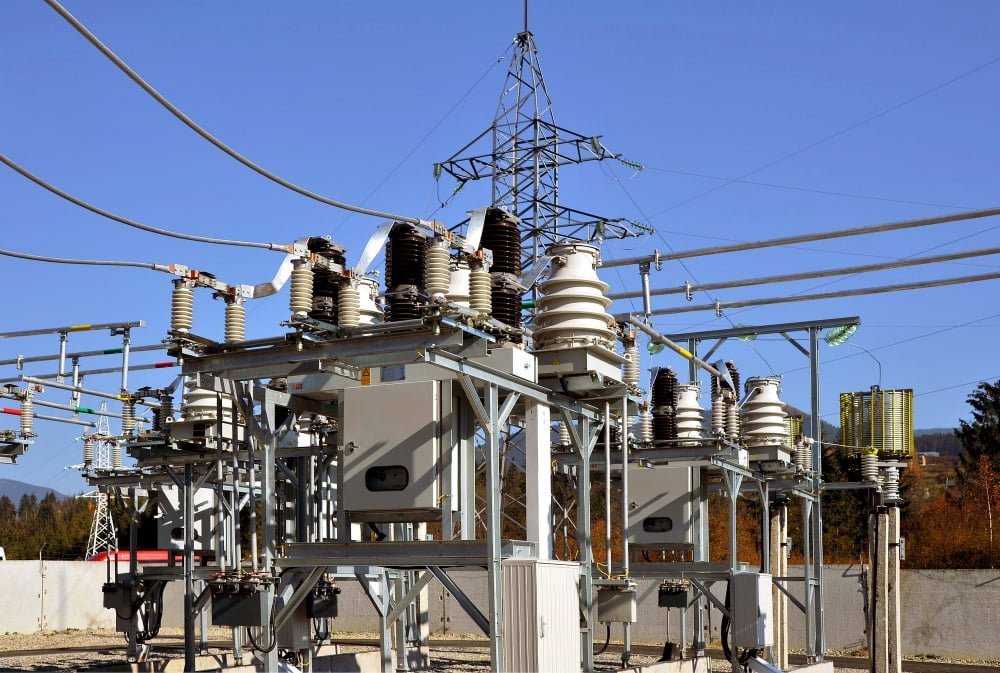
Thermoelectric generators are a unique alternative to solar panels that can generate electricity from heat. They work by converting temperature differences into electrical energy, making them ideal for use in areas with high temperature differentials such as industrial sites or geothermal hotspots.
One advantage of thermoelectric generators is their durability and low maintenance requirements since they have no moving parts. They can operate in extreme temperatures and harsh environments where other power sources may fail.
However, one major disadvantage of thermoelectric generators is their relatively low efficiency compared to solar panels or wind turbines. They also require a significant amount of heat differential to produce enough electricity, limiting their application in certain settings.
While not as widely used as traditional renewable energy sources like solar panels or wind turbines, thermoelectric generators offer an interesting alternative for specific applications where high-temperature differentials are present and other options may not be feasible.
Compressed Air Storage
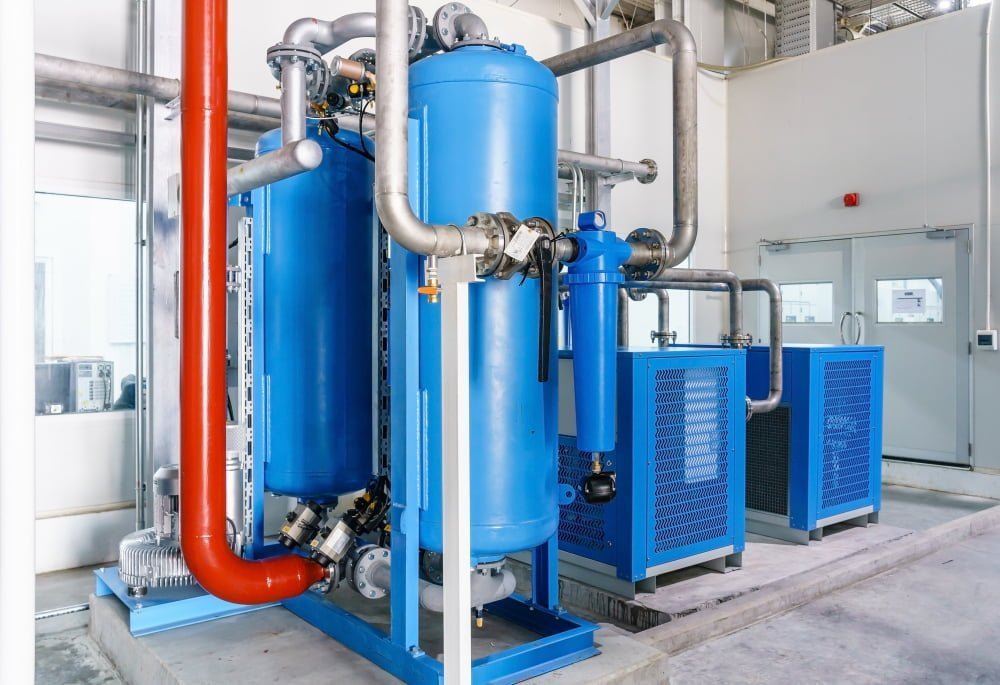
Compressed air storage is a unique alternative to solar panels that can be used to generate electricity. This technology works by compressing air into a container, which can then be released through a turbine to produce energy.
The advantage of compressed air storage is that it can store large amounts of energy for long periods, making it an excellent option for areas with inconsistent sunlight or wind patterns.
However, there are also some disadvantages associated with this technology. One major drawback is the cost and complexity involved in building and maintaining the necessary infrastructure.
Compressed air storage systems require significant space and may not be suitable for smaller homes or properties.
Despite these challenges, compressed air storage remains an intriguing alternative to traditional solar panel systems that could potentially provide reliable renewable energy solutions in certain situations.
Solar Thermal Collectors

Solar thermal collectors are another alternative to traditional solar panels. These collectors use the sun’s energy to heat water or air, which can then be used for space heating or hot water supply.
One advantage of solar thermal collectors is that they have a higher efficiency rate than traditional solar panels, as they convert more of the sun’s energy into usable heat. They can work in lower light conditions and do not require direct sunlight.
However, one disadvantage is that their effectiveness depends on weather conditions and may not work as well in colder climates with less sunlight. They also require regular maintenance to ensure optimal performance and may take up more space than traditional solar panels due to their larger size requirements for effective heating capacity.
Flywheel Energy Storage (FES)

Flywheel Energy Storage (FES) is a relatively new technology that has been gaining popularity as an alternative to solar panels. FES works by storing energy in the form of kinetic energy, which is generated by spinning a heavy rotor at high speeds.
When electricity is needed, the rotor slows down and releases its stored energy back into the grid.
One advantage of FES over solar panels is that it can store much more energy than traditional battery systems. This makes it ideal for use in areas where there are frequent power outages or where renewable sources of electricity are not readily available.
Another advantage of FES is that it has a longer lifespan than batteries, which need to be replaced every few years. Flywheels can last up to 20 years with minimal maintenance.
However, one disadvantage of FES compared to solar panels is its cost. The technology used in flywheels requires expensive materials and manufacturing processes, making them more expensive upfront than other storage options like batteries or capacitors.
While flywheel energy storage may not be as widely known as other alternatives like solar panels or wind turbines yet; however they have great potential for providing reliable and efficient power storage solutions for homes on budget-conscious homeowners who want sustainable living options without breaking their bank accounts!
Osmotic Power Generation
Osmotic power generation is a relatively new technology that harnesses the energy created by the difference in salt concentration between freshwater and seawater. This process involves using a semi-permeable membrane to separate the two types of water, creating pressure that can be converted into electricity.
One advantage of osmotic power generation is its potential for high efficiency, as it does not rely on weather conditions like solar or wind power. This method has minimal environmental impact and does not produce greenhouse gases.
However, there are also some disadvantages to consider. Osmotic power generation requires large amounts of water flow and may have limited applicability in areas with low salinity gradients.
The technology is also still in its early stages of development and may require significant investment before becoming widely available.
While osmotic power generation shows promise as an alternative energy source, further research will be needed to determine its practicality for widespread use.
Wave Energy Converters
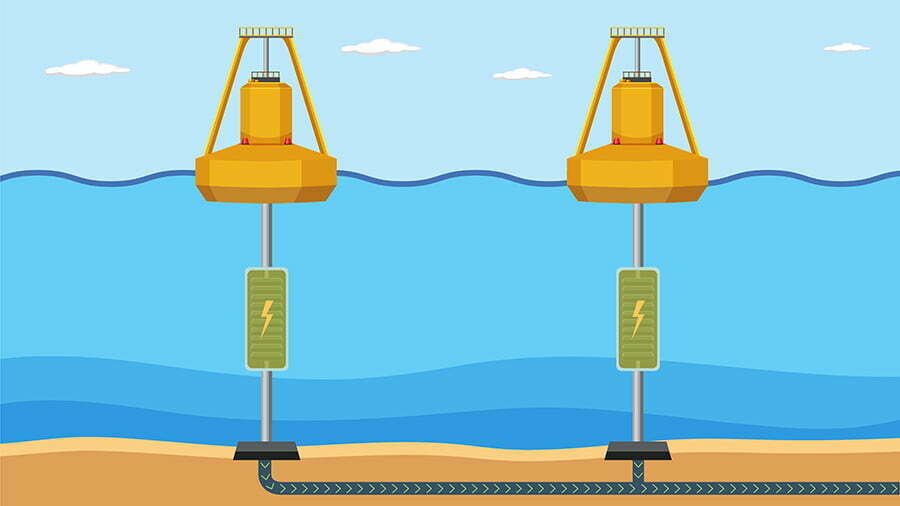
Wave Energy Converters are a relatively new technology that harnesses the power of ocean waves to generate electricity. These devices capture the kinetic energy of waves and convert it into electrical energy, which can then be used to power homes and businesses.
One advantage of Wave Energy Converters is that they are highly efficient, as ocean waves have a much higher energy density than wind or solar power. Wave Energy Converters do not produce any greenhouse gas emissions or other pollutants, making them an environmentally friendly alternative to traditional fossil fuels.
However, there are also some disadvantages associated with Wave Energy Converters. These devices can be quite expensive to install and maintain due to their complex design and construction requirements.
They may pose certain risks for marine life if not properly designed or located in areas where their presence could impact wildlife populations.
Despite these challenges though; wave energy converters remain an exciting prospect for renewable energies enthusiasts looking for alternatives beyond solar panels!
Kinetic Hydro-energy Systems
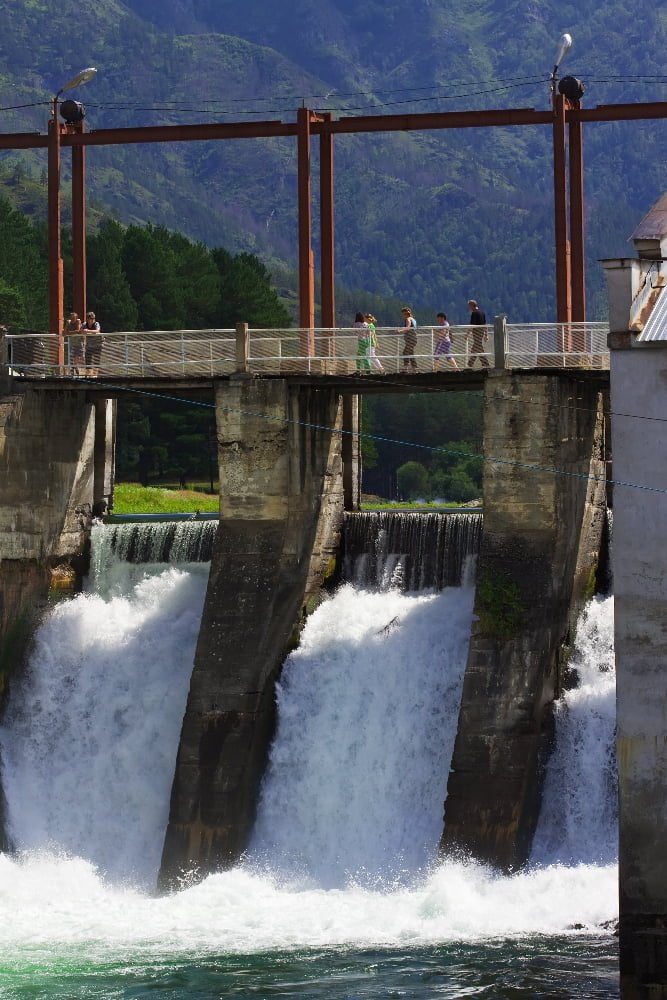
Kinetic hydro-energy systems are a unique alternative to solar panels that harness the power of moving water. These systems work by using turbines to convert the kinetic energy of flowing water into electricity.
One advantage of kinetic hydro-energy systems is that they can generate power 24/7, unlike solar panels which only produce energy during daylight hours. These systems do not require any fuel or emit harmful pollutants, making them an eco-friendly option for homeowners.
However, there are also some disadvantages to consider when it comes to kinetic hydro-energy systems. Firstly, they require access to a reliable source of flowing water such as a river or stream which may not be available in all locations.
Secondly, installation and maintenance costs can be high due to the need for specialized equipment and ongoing upkeep.
Microbial Fuel Cells
Microbial fuel cells are a unique alternative to solar panels that generate electricity by using bacteria. These cells work by harnessing the natural metabolic processes of microorganisms, which convert organic matter into electrical energy.
The advantage of microbial fuel cells is that they can produce electricity from a wide range of organic materials, including wastewater and agricultural waste products. These systems do not require direct sunlight or any external power source to operate.
However, some disadvantages are associated with microbial fuel cells as an alternative to solar panels. One major drawback is their relatively low efficiency compared to other renewable energy sources like wind or solar power.
Another challenge is the need for specialized knowledge and equipment in order to design and maintain these systems effectively.
Despite these challenges, microbial fuel cell technology shows promise as a sustainable way forward for generating clean energy without relying on traditional fossil fuels or expensive photovoltaic arrays.
As research continues in this field, it will be interesting to see how this innovative approach evolves over time and contributes towards our collective efforts towards creating more sustainable living spaces at home!
Recap
